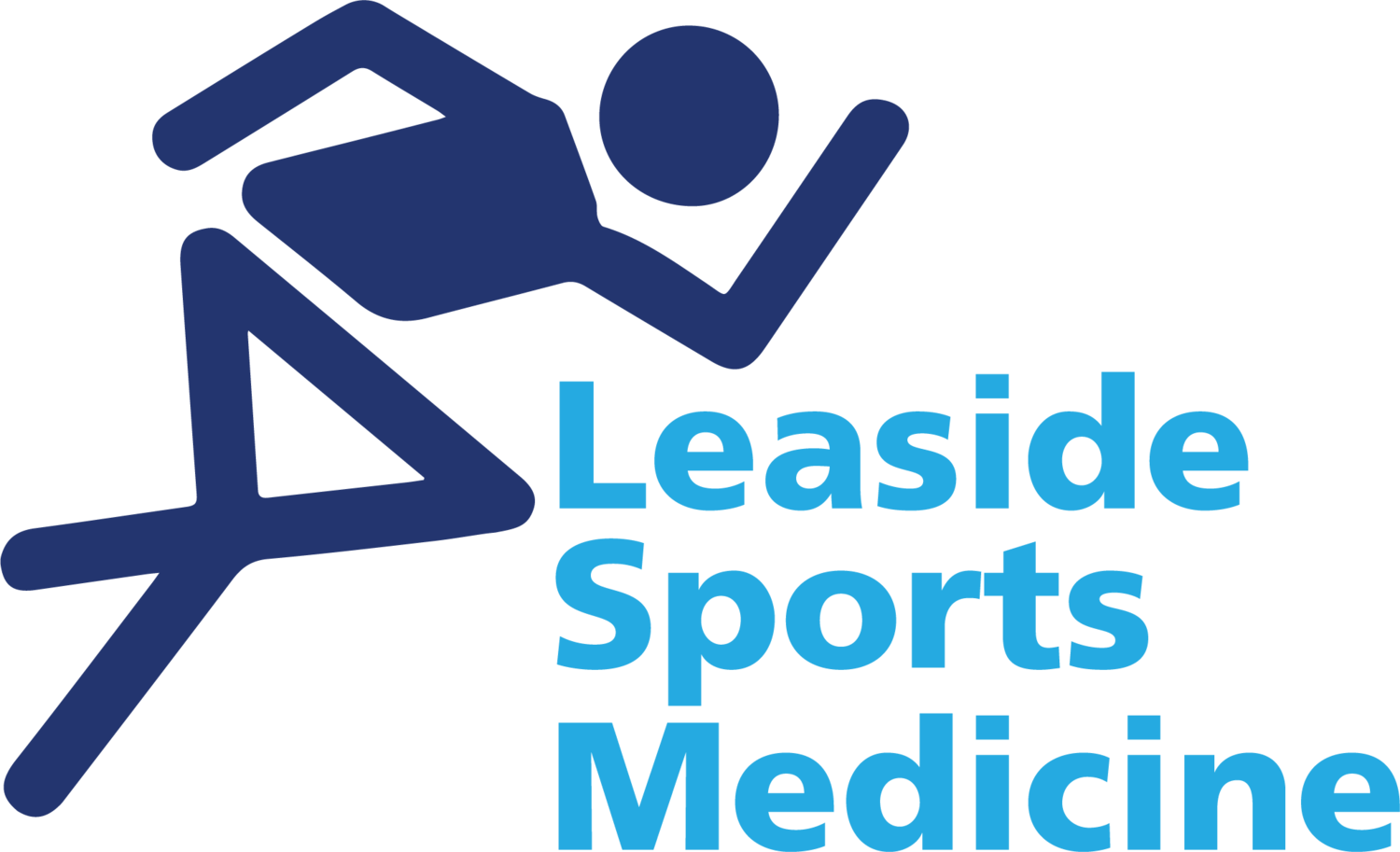Adding Life To Your Years: Rethinking Vitality
“The Centenarian Decathlon”- Dr Kate Hood
As we journey through life, the importance of maintaining our physical vitality increases. In his recent book Outlive, Dr. Peter Attia a prominent figure in the field of longevity and wellness introduces the “Centenarian Decathlon” (2023). The concept is that in order to age gracefully as well as live a robust and vibrant life, we should highlight the 10 tasks most meaningful to us and then “reverse engineer” or work backward to build training programs around ways to achieve them. Rather than focusing on the amount of weight on a machine, total miles logged, or tennis balls hit, the Centenarian Decathlon challenges us to identify what activities we place value on and will want to maintain as we age. For example, do you have plans to travel? Do your shoulders allow you to reach above and place a bag in the overhead bin? What about grandkids? Will your hips help you get up and down off the floor in order to play with them? Do you currently have stairs in your home? Could you control yourself if you started to fall, can you lift your legs high enough to go up? A well designed approach to physical health will involve mastering seven fundamental movements that lie at the core of several functional tasks. These movements serve as the building blocks for a resilient and healthy life, ensuring that individuals can navigate the journey towards their later years with strength and vitality.
Squat: Fundamental to lower body strength and flexibility, the squat is a cornerstone movement for daily activities such as rising from a seated position or lifting objects from the ground. A strong squatting foundation contributes to overall mobility and helps prevent age-related challenges.
Bend: Bending movements are integral to our daily routines. From tying our shoelaces to reaching for items lower down. Cultivating flexibility and strength in bending actions ensures spinal health and promotes agility in everyday tasks.
Push: Crucial for tasks like opening doors and various daily activities, a push that engages the upper body is beyond mere strength. A robust pushing movement promotes stability and guards against the decline often associated with aging.
Pull: Targeting the back muscles, a pulling motion is key to maintaining posture and preventing the effects of time on our physical stature. Pulling actions, such as opening doors or pulling oneself up, underscore the importance of upper body strength as we grow older.
Twist: Life's dynamism requires rotational mobility. From turning to glance behind to maneuvering through daily tasks, a supple and resilient twist is a valuable asset essential for preventing injuries and enhancing overall flexibility.
Gait (Locomotion): Walking, a seemingly simple act, holds immense significance. Beyond cardiovascular benefits, a healthy gait preserves lower extremity function and fosters balance and stability, both crucial elements for navigating the aging process.
Pull and Carry: Combining the strength of pulling and the practicality of carrying, this movement emphasizes upper body strength and stability. From lifting groceries to handling everyday objects, a well-rounded pull and carry motion contributes to functional independence.
By focusing on mastering and developing these seven primal movements, individuals can lay the foundation for aging gracefully. This approach not only extends lifespan but enhances its quality, ensuring that each squat, bend, push, pull, twist, gait, and pull-and-carry action contributes to a life marked by strength, flexibility, and enduring well- being. Embracing these fundamental movements opens the door to a future characterized by resilience and vitality.
Instead of reserving treatment only for when you’re injured think of it as a proactive step in achieving your Centenarian Decathlon (Attia & Gifford 2023). Think about what it is you love to do and let us know, we’d love to help you reach your goals.
Attia, P., & Gifford, B. (2023). Outlive: the science & art of longevity. First edition. New York, Harmony.
Dr. Kate Hood is a highly regarded chiropractor and acupuncture provider with a special interest in spinal pain and sports injuries.


